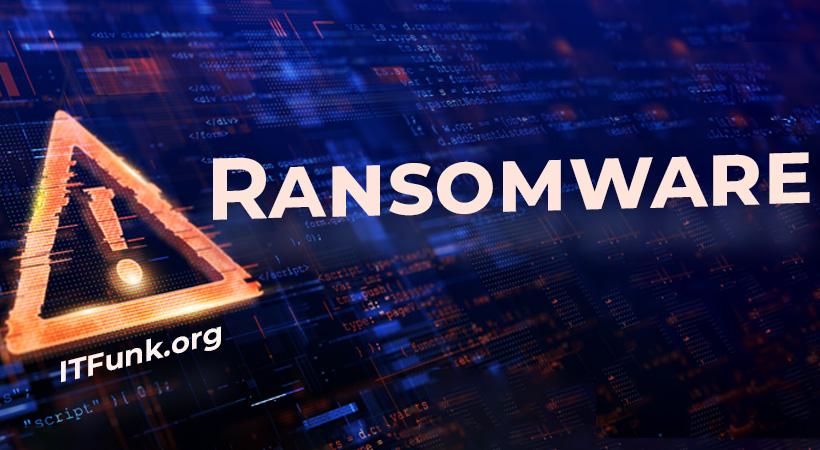In today’s digital landscape, the persistent threat of ransomware looms large, with new variants emerging that wreak havoc on individuals and organizations alike. Among these malicious software strains, BlackLegion has gained notoriety for its encryptive capabilities, holding victims’ files hostage until a ransom is paid.
BlackLegion: Unraveling the Threat
BlackLegion is a ransomware variant designed to deny access to vital files by encrypting them, rendering them unreadable and inaccessible to the victim. Once infected, the ransomware appends a unique extension, “.BlackLegion,” to encrypted files, making them unopenable without decryption.
The impact is evident as victims encounter a changed file structure – previously functional files are renamed, with a string of random characters, the email address of the perpetrators, and the appended “.BlackLegion” extension. For instance, a file named “1.jpg” transforms into “1.jpg.[34213633].[BlackLegion@zohomail.eu].BlackLegion.”
Understanding its Actions
Upon infection, BlackLegion displays a ransom note named “DecryptNote.txt,” intimating victims about the encryption and the necessity of a decryption key held exclusively by the attackers. This note serves as a chilling warning against attempting file recovery without their guidance, emphasizing potential data loss or corruption.
The ransom note also mandates payment for decryption and provides communication channels—initially through Telegram and alternative emails—if victims fail to respond within 24 hours. Each victim receives a unique ID, emphasizing the urgency of cooperation to expedite resolution.
How Does BlackLegion Infect Computers?
Understanding the infection vectors of BlackLegion is crucial to prevent its infiltration. Cybercriminals leverage various strategies, including phishing emails with deceptive links or infected attachments, exploiting vulnerabilities in outdated software, drive-by downloads from compromised websites, malicious ads, pirated software, and Trojans.
Mitigating the Threat: Removal and Recovery
Given the dire consequences of BlackLegion, it’s imperative to have robust prevention and removal strategies in place.
- Preventive Measures:
- Regularly update software and operating systems to patch vulnerabilities.
- Exercise caution while opening email attachments or clicking on suspicious links.
- Employ reputable antivirus software and firewalls for real-time threat detection.
- Backup data regularly on remote servers or disconnected storage devices.
- Removal Guide:
- Step 1: Isolation
- Disconnect infected devices from networks to prevent further spread.
- Step 2: Identify the Infection
- Use reputable antivirus software to scan and identify the ransomware.
- Step 3: Removal
- Follow antivirus software prompts for quarantine or removal of the ransomware.
- Step 4: Data Recovery
- Attempt file restoration from backups if available.
- Explore legitimate third-party decryption tools, if accessible.
Conclusion
BlackLegion’s pervasive threat underscores the critical need for proactive cybersecurity measures. Vigilance, regular backups, software updates, and cautious online behavior serve as potent defenses against ransomware attacks.
In the event of infection, swift isolation, identification, and removal are crucial, accompanied by diligent data recovery efforts. Remember, paying the ransom is strongly discouraged due to its unpredictability and perpetuating the cybercriminal cycle.
By staying informed and implementing stringent security practices, individuals and organizations can fortify their defenses against the ever-evolving landscape of ransomware threats like BlackLegion.





